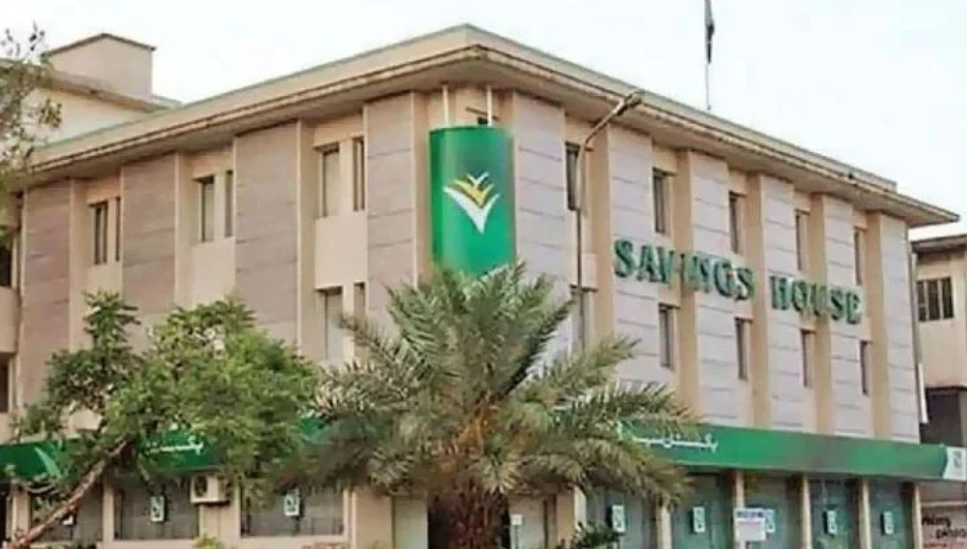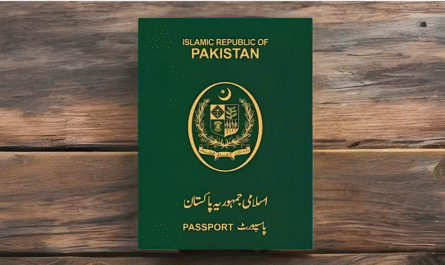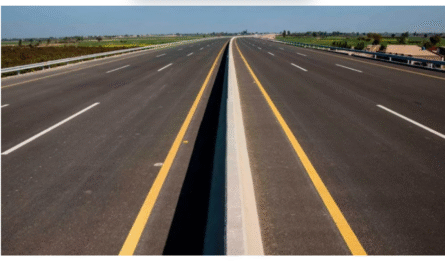From June 27, 2025, the Central Directorate of National Savings (CDNS) and Government of Pakistan implemented profit rate reductions across nearly all National Savings Schemes. Cuts ranged between 15 and 100 basis points depending on the scheme.
This follows earlier adjustments in May and January 2025, which were also motivated by shifts in the State Bank of Pakistan’s monetary policy and inflation trends .
2. What schemes were affected and how much?
According to official notifications and market data, here’s a summary of updated rates after reduction:
- Savings Account: Dropped by 100 bps to 9.50%, down from previous 10.50%.
- Special Savings Certificate/Account (SSC/SSA): Cut by 30 bps to 10.60%, from 10.90% .
- Regular Income Certificate (RIC): Reduced by ~36 bps to 11.16%, from ~11.52% .
- Defence Savings Certificate (DSC): Modest cut of 15 bps, now 11.76%, down from 11.91% .
- Pensioners’ Benefit Account, Behbood Savings Certificate, Shuhada Family Welfare Account: Reduced by 24 bps, now 13.20%, down from 13.44% .
- Sarwa Islamic Savings Account (SISA) and Sarwa Islamic Term Account (SITA): Sharpest cuts of 59 bps, now both at 9.75%, down from 10.34%.
The government’s official profit‐rate listing confirms most of these revised rates. Govt Cuts Profit Rates on National Savings Schemes
3. Why cuts now?
- Monetary policy coordination: With SBP policy rates stabilized at 11%, the government followed suit by trimming profit rates to reflect lower borrowing costs and reduced inflation pressures.
- Fiscal sustainability: National Savings Scheme payouts represent a significant fiscal commitment (~Rs 3.4 trillion in managed assets). Lower returns help ease the budget burden on the Treasury.
- Balancing economic signals: While inflation and central-bank rates ease, aligning returns helps maintain attractively priced risk‑free instruments while protecting macro‑stability.
4. What this means for savers
✅ Who’s most affected:
- Small savers using Savings Accounts now earn a significantly lower return—falling one full percentage point.
- Senior citizens, pensioners, widows, and martyrs’ families relying on Behbood, Pensioners’ Benefit, or Shuhada Accounts will now earn 13.20%, instead of 13.44%.
- Investors in Islamic schemes—SITA and SISA—bear the steepest drop, now at 9.75%, affecting those with Shariah‑compliant preferences.
🔄 Still competitive:
- Regular Income Certificate at 11.16% still delivers monthly income (e.g. ~Rs 890 per month per Rs. 100,000 invested).
- Defence Savings Certificate continues to be appealing for long-term investors with its incremental structure and guaranteed returns.
🧐 Considerations for savers:
- Tax and Zakat: Filers pay 15% withholding tax; non‑filers face 35%. Additionally, 2.5% zakat applies, if relevant.
- Scheme eligibility: Behbood, Pensioner, and Shuhada accounts are restricted to seniors, widows, government retirees, or families of martyrs.
- Premature withdrawal penalties may reduce effective returns, especially in DSC.
5. What should you do?
| Action | Why |
|---|---|
| Review existing investments | Consider shifting between schemes—e.g., from Islamic to Regular Income or DSC based on rates and cash needs. |
| Compare NSS vs bank deposits | Even at reduced rates, NSS often offer higher net returns after tax and Zakat deductions. |
| Stay informed | National Savings rates are typically reviewed periodically—historically around January, April, May, and June/July. |
| Assess eligibility | Some schemes cater to specific demographics; ensure compliance with guidelines before applying. |
Closing thoughts 💡
These cuts reflect broader macroeconomic shifts and highlight the government’s effort to keep returns aligned with monetary and fiscal policy. While returns on National Savings are lower than earlier in 2025, they remain among the safest, government‑backed options.
If you’re considering a new investment or switching schemes, balance between income goals, tenure preference, eligibility, and net return after deductions.



